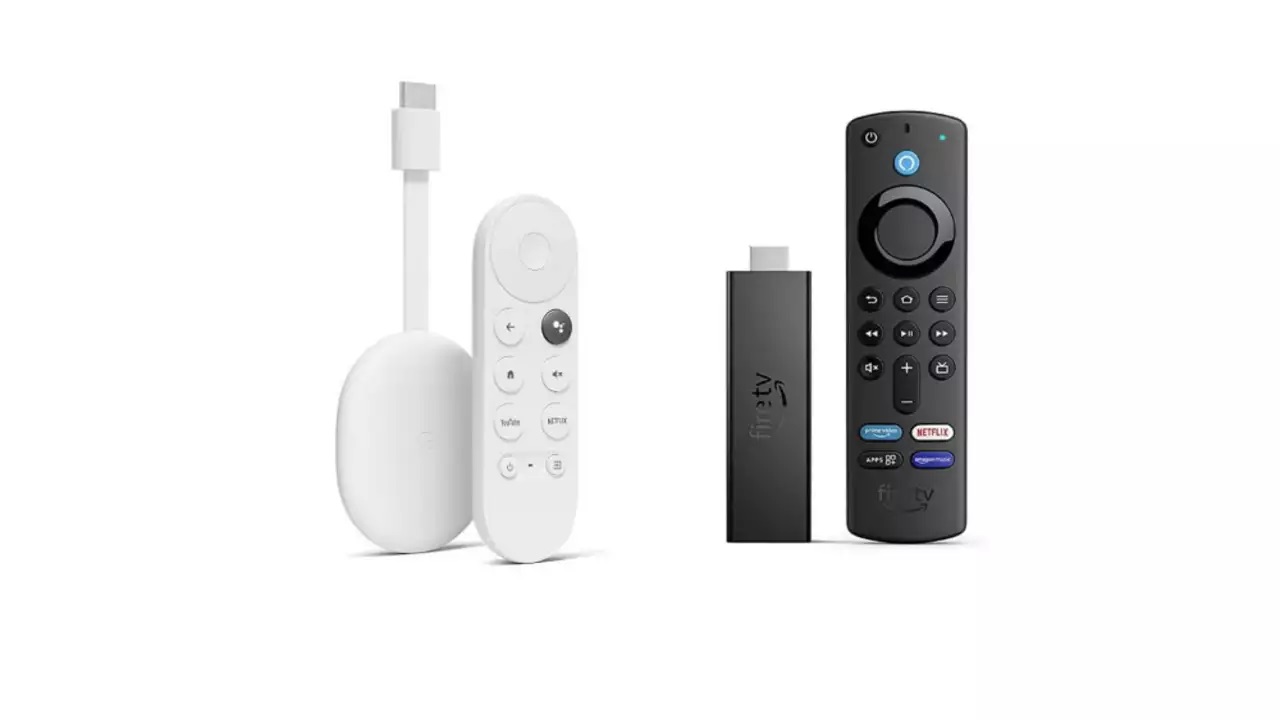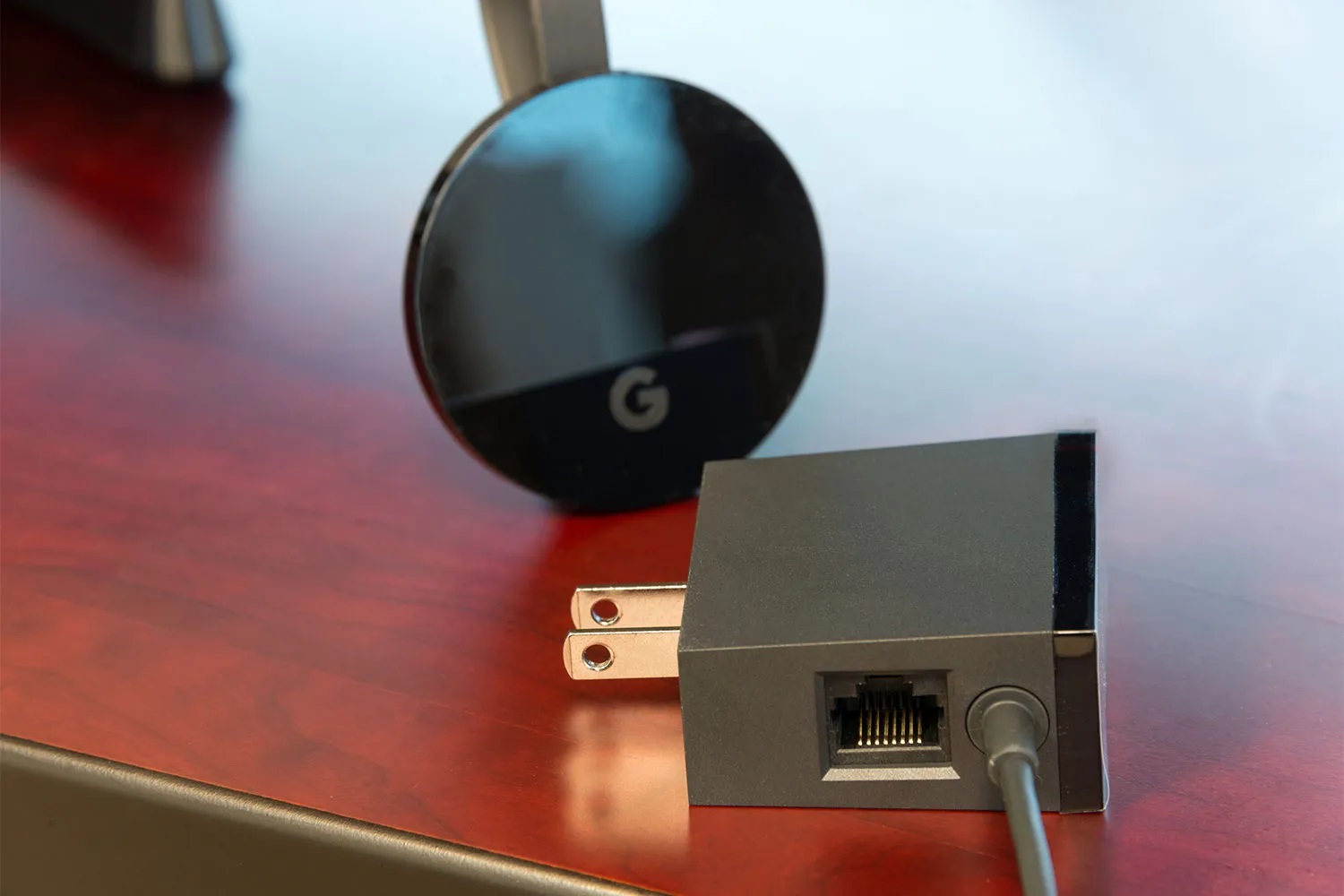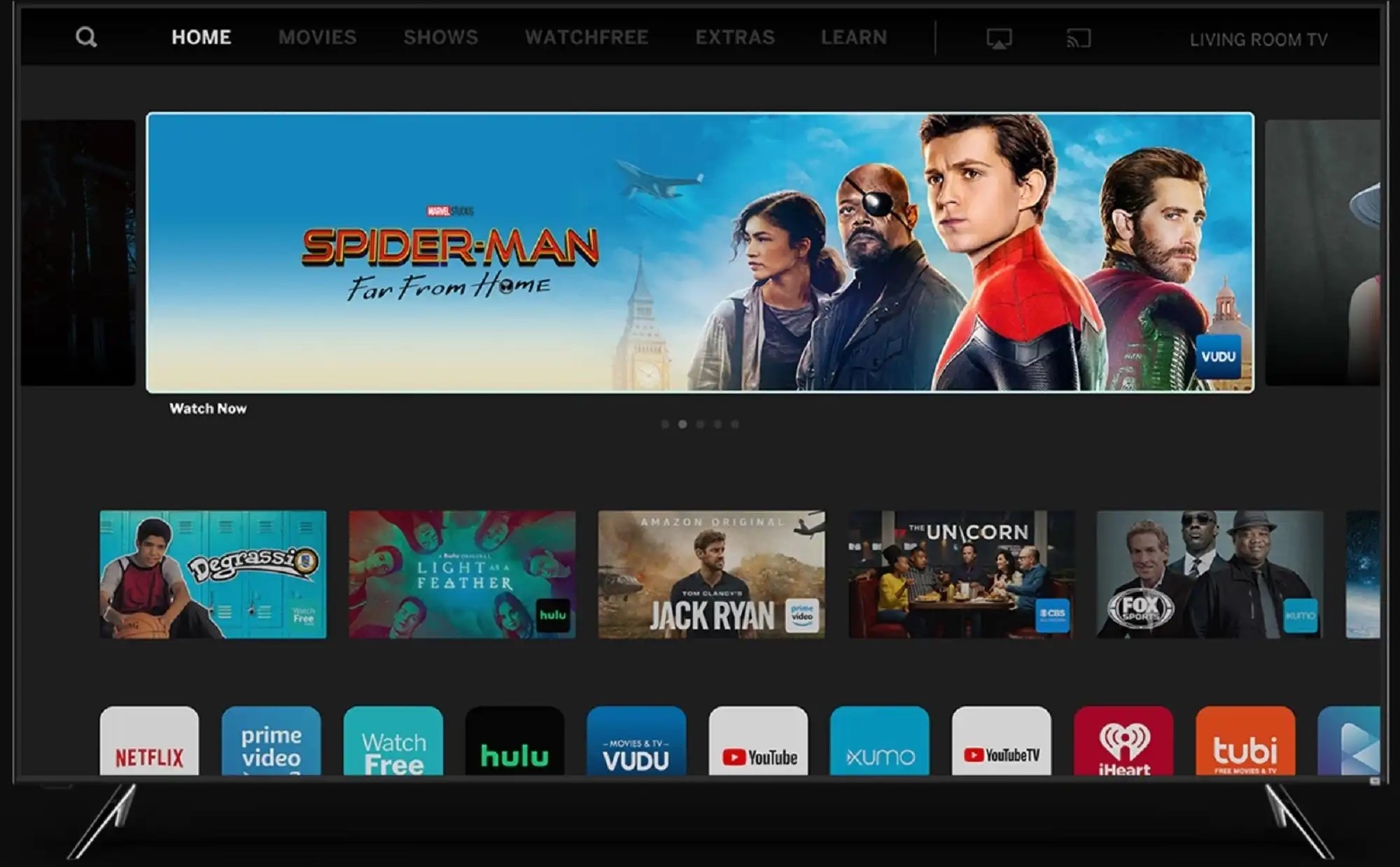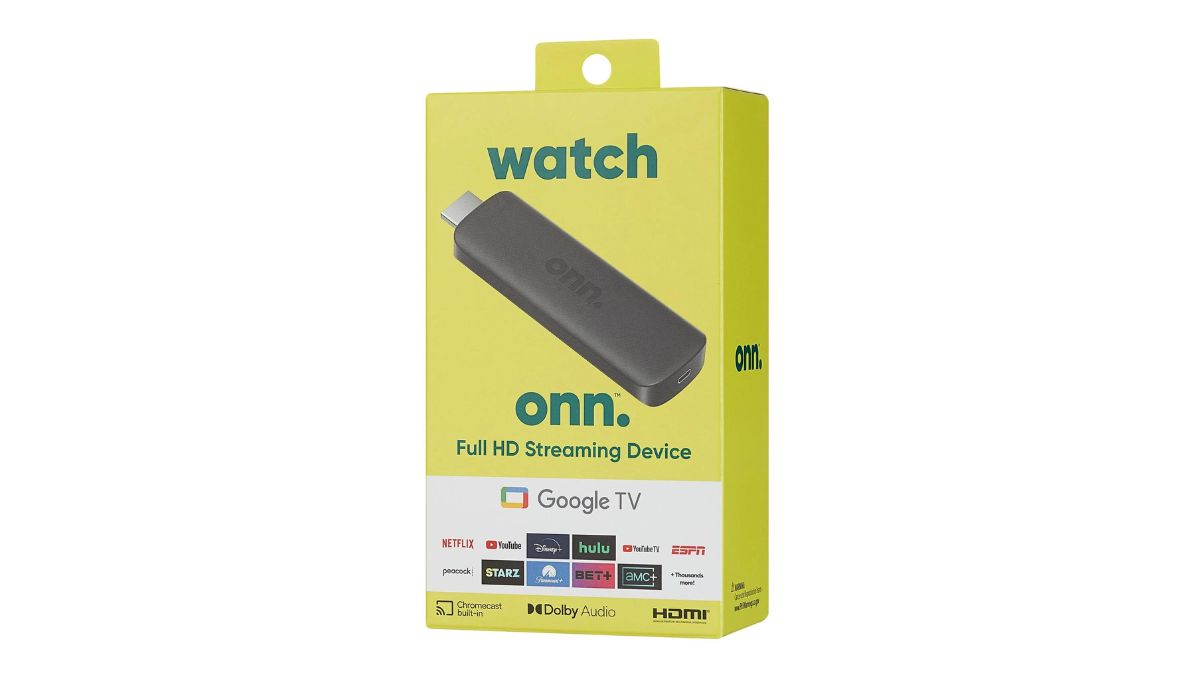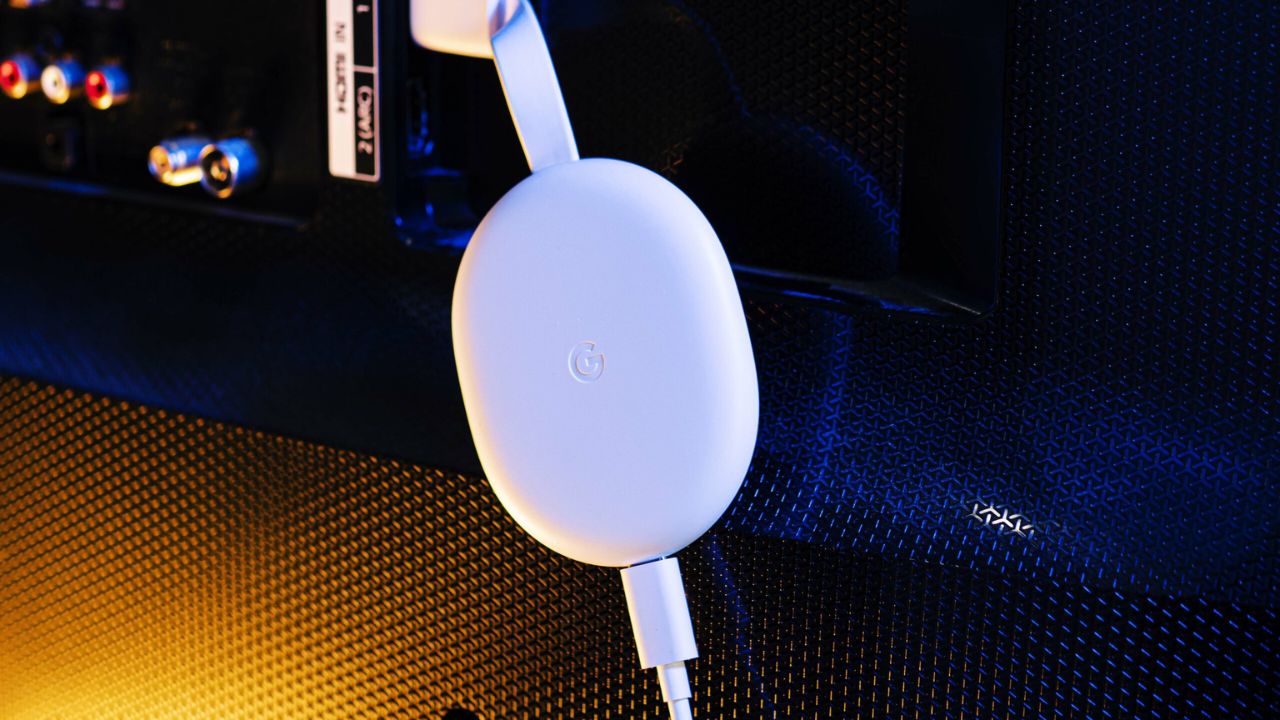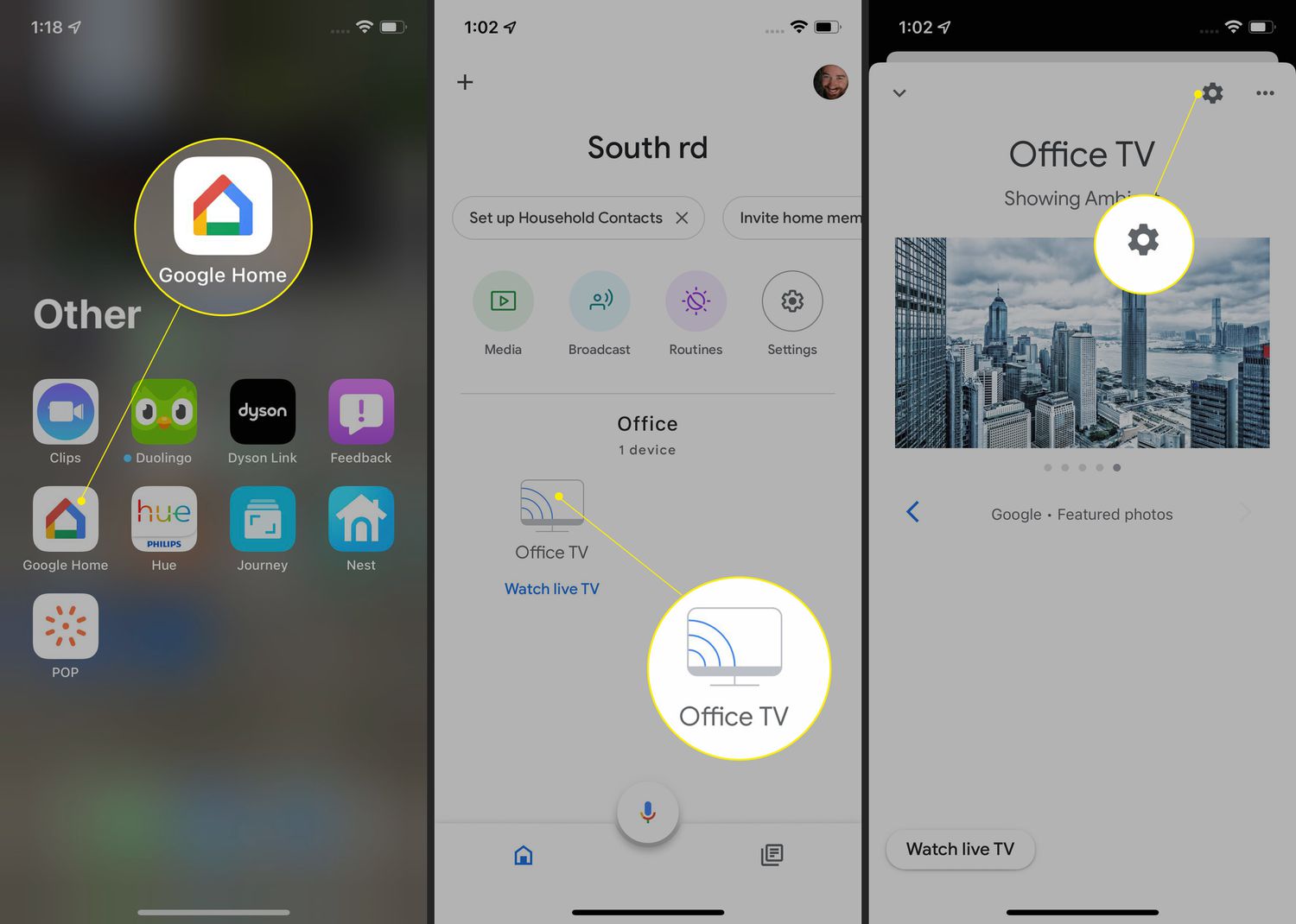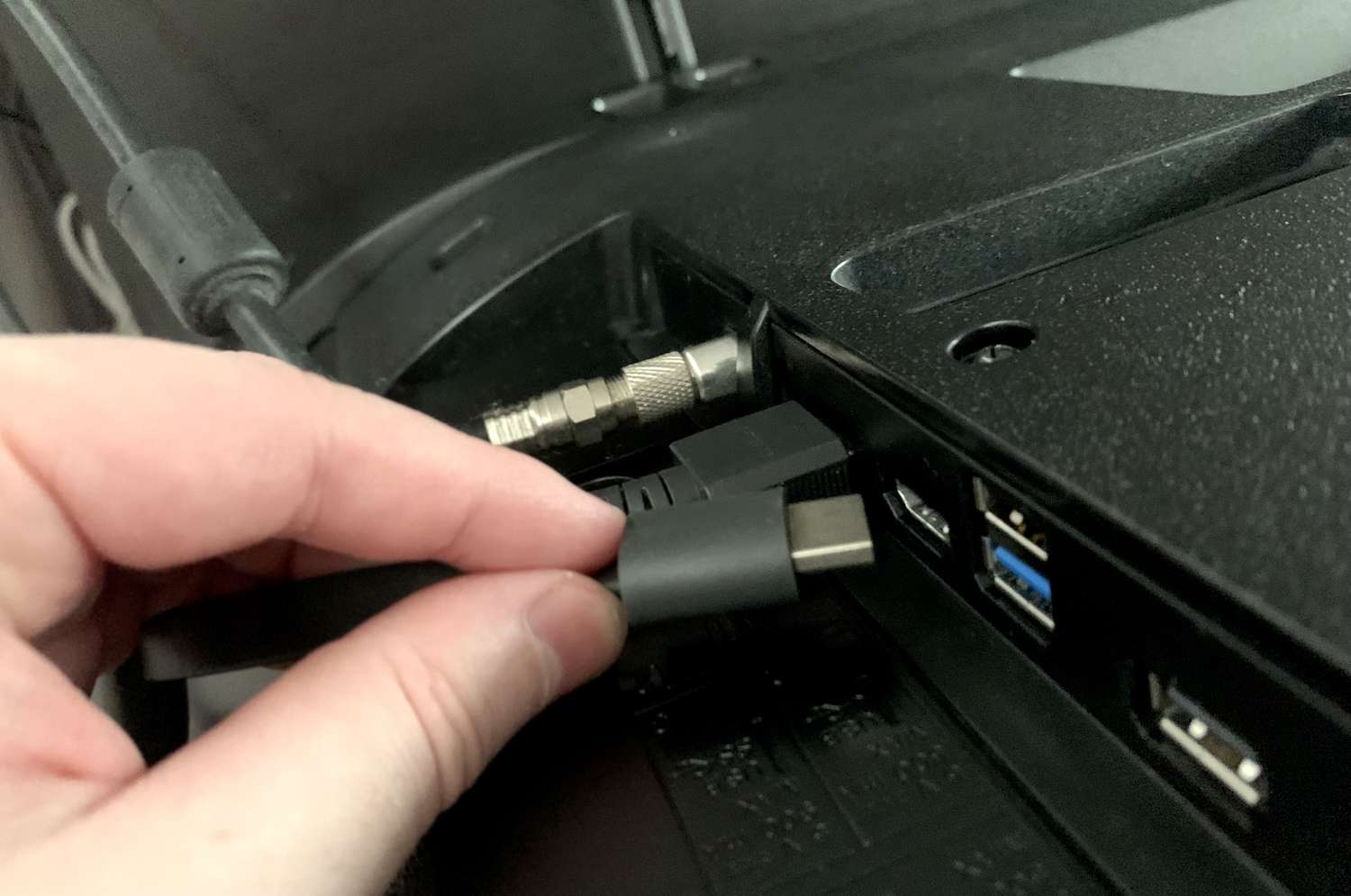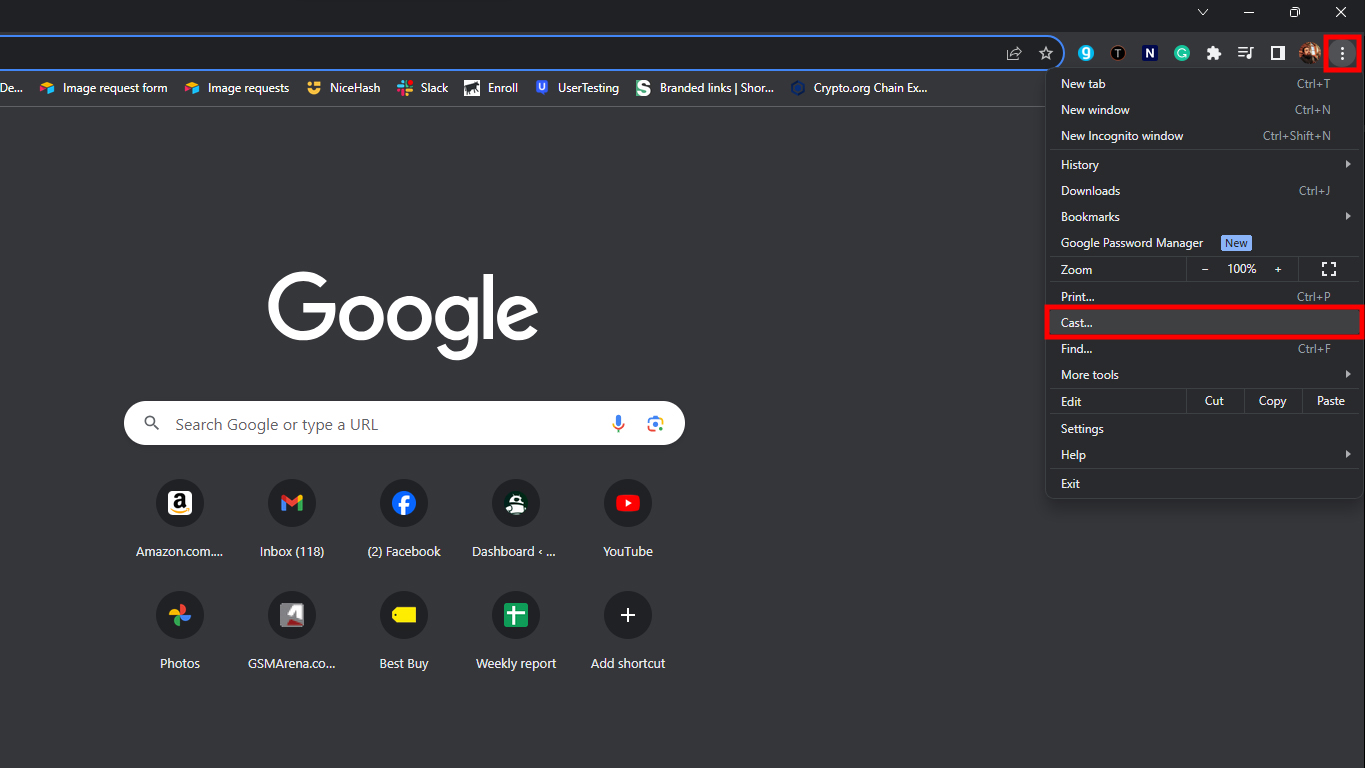Home>Reviews>Gadgets>Chromecast Overheating: A Burning Concern
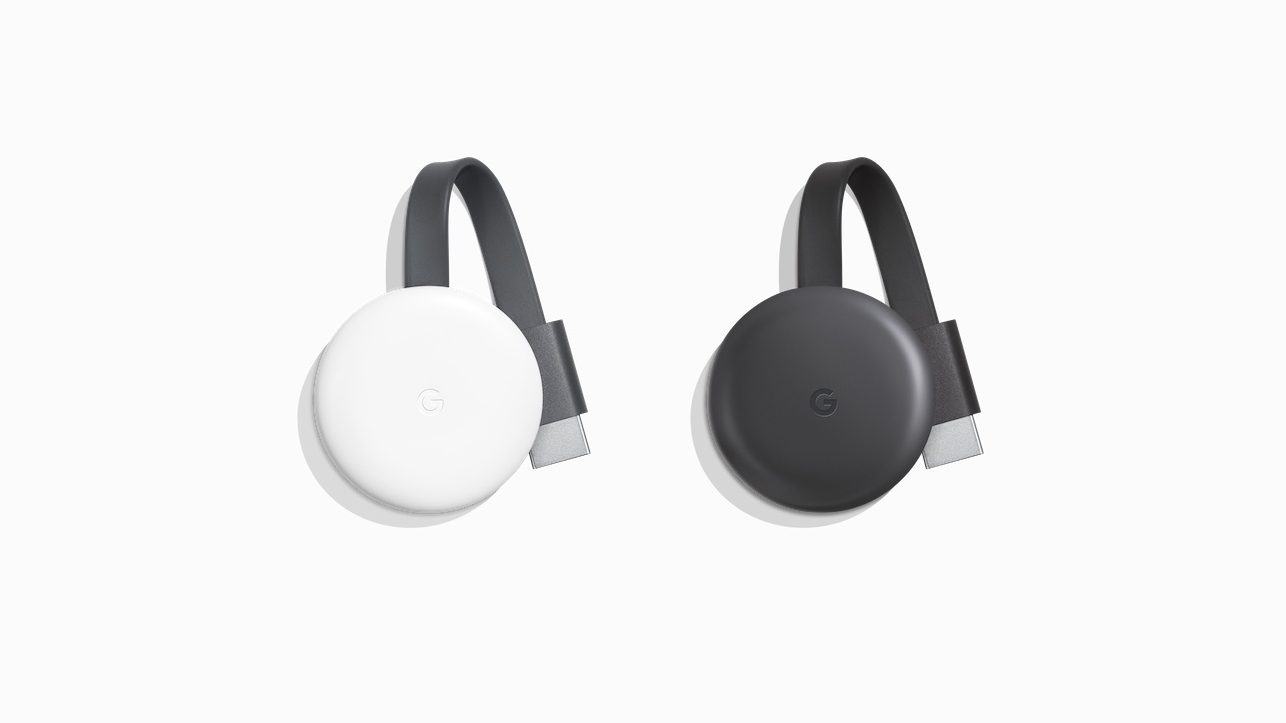

Gadgets
Chromecast Overheating: A Burning Concern
Modified: September 5, 2024
Learn how to prevent your gadgets, including Chromecast, from overheating. Discover tips to keep your devices cool and functioning optimally. Protect your gadgets from potential damage.
(Many of the links in this article redirect to a specific reviewed product. Your purchase of these products through affiliate links helps to generate commission for Techsplurge.com, at no extra cost. Learn more)
Table of Contents
Introduction
Chromecast, a popular streaming device from Google, has become a staple in many homes due to its ease of use and seamless integration with various streaming services. However, a growing number of users have reported a concerning issue: overheating. This problem can lead to a range of issues, from minor inconveniences like buffering and lag to more severe problems like device failure. This article will explore the causes of Chromecast overheating, the symptoms, and most importantly, the solutions to this burning concern.
Read more: Chromecast’s Persistent Disconnection Issue
Causes of Chromecast Overheating
Overheating in Chromecast devices can be attributed to several factors, primarily related to the device's design and usage patterns. Here are some key causes:
High-Resolution Video Streaming
One primary reason for Chromecast overheating is high-resolution video streaming. Devices like the Chromecast Ultra, which support 4K resolution at 60 frames per second (FPS), generate a significant amount of heat. This heat buildup can cause the device to malfunction or even fail over time.
Continuous Usage
Continuous usage of the Chromecast, especially for extended periods, can lead to overheating. The device's cooling system, which includes a small fan and some thermal management components, may not be sufficient to handle prolonged usage.
Poor Ventilation
The design of the Chromecast, with its compact plastic casing, can sometimes hinder proper ventilation. This can trap heat inside the device, causing it to overheat.
Read more: How To Chromecast Acestream
Software Issues
In some cases, software glitches or bugs can cause the Chromecast to consume more power than usual, leading to overheating. Although Google claims to have thoroughly tested their devices, user reports suggest that software issues might still be a contributing factor.
Symptoms of Chromecast Overheating
Identifying the symptoms of an overheating Chromecast is crucial to addressing the issue promptly. Here are some common signs:
Device Lag and Buffering
One of the earliest signs of an overheating Chromecast is device lag and buffering. The device may struggle to maintain a stable connection, leading to frequent pauses or delays in video playback.
Reduced Performance
As the device heats up, its performance can degrade significantly. Users may notice a drop in video quality, slower loading times, or even complete device shutdowns.
Read more: The Importance of Chromecast Security
Physical Signs
A physically overheating Chromecast can be identified by its temperature. Users often report that the device becomes extremely hot to the touch, sometimes even burning their skin. This is a clear indication that the device needs immediate attention.
Reboots and Shutdowns
In severe cases, an overheating Chromecast may reboot or shut down unexpectedly. This can be frustrating for users who are in the middle of streaming their favorite shows or playing games.
Solutions to Chromecast Overheating
Fortunately, several solutions can address Chromecast overheating, ranging from simple fixes to more complex modifications:
Remove the Plastic Case
One of the simplest and most effective solutions is to remove the plastic case of the Chromecast. This allows for better airflow and helps dissipate heat more efficiently. Users have reported significant improvements in device performance after removing the casing.
Add Thermal Paste
Applying thermal paste to the internal components of the Chromecast can enhance heat dissipation. This method is particularly effective when combined with removing the plastic case. Users have noted that adding thermal paste helps keep the device cooler and more stable.
Use Heatsinks
Another solution is to attach heatsinks directly to the internal components of the Chromecast. This can be done using generic Chinese heatsinks, which are often available at affordable prices. Users have reported that attaching heatsinks significantly reduces the device's temperature and improves its overall performance.
Monitor Device Temperature
While not a direct solution, monitoring the device's temperature can help identify when it is overheating. Users can use external temperature sensors or software tools to keep track of their device's temperature and take action before it becomes a major issue.
Software Updates
Keeping the Chromecast software up-to-date is crucial. Google often releases updates that address various issues, including those related to overheating. Users should regularly check for updates and install them as soon as possible.
Proper Placement
Proper placement of the Chromecast can also help mitigate overheating issues. Users should avoid placing their device in enclosed spaces or near other heat-generating devices. Instead, they should place it in well-ventilated areas to ensure optimal airflow.
Final Thoughts
Chromecast overheating is a real concern that can significantly impact user experience. By understanding the causes and identifying the symptoms, users can take proactive steps to address this issue. From simple fixes like removing the plastic case and adding thermal paste to more complex modifications like attaching heatsinks, several solutions are available to keep your Chromecast running smoothly. Additionally, monitoring device temperature and keeping software up-to-date can also help prevent overheating. By following these tips, users can enjoy uninterrupted streaming and gaming experiences with their Chromecast devices.


